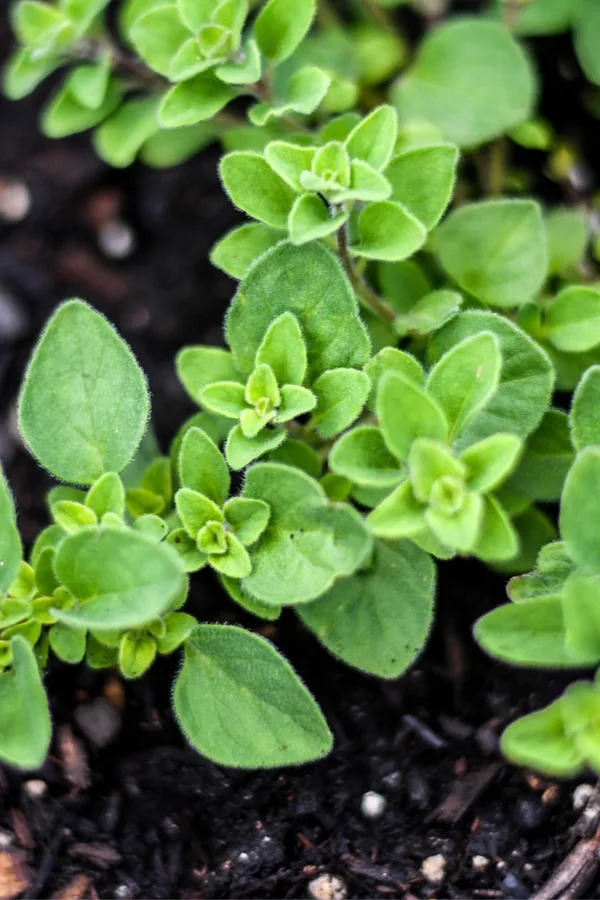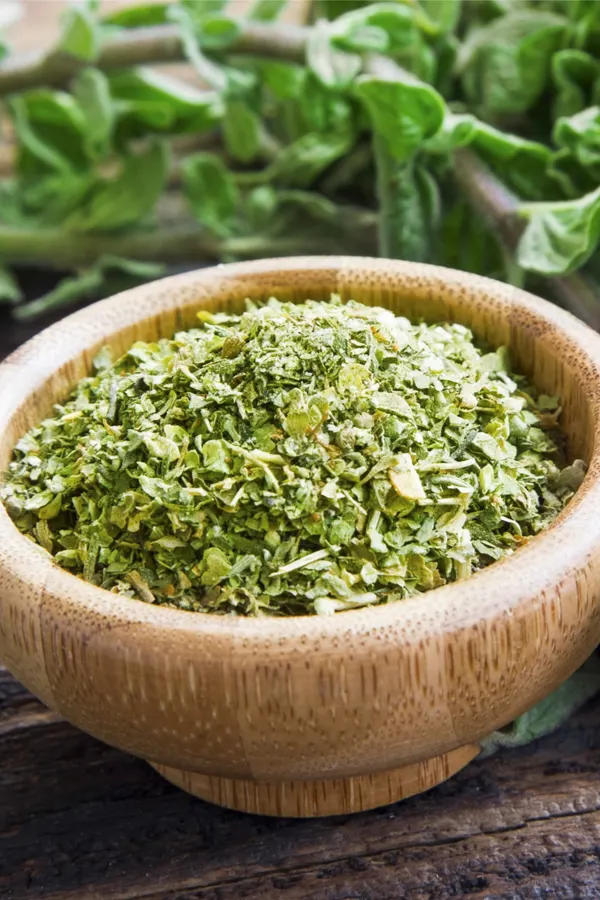Did you know that growing Oregano is not only a great way to add delicious flavor to your culinary creations, but help repel mosquitoes too?
It’s true! In addition to oregano filling all types of dishes with its tasty, earthy, aromatic leaves, the perennial herb is also quite handy for repelling mosquitoes and other common household and garden pests.

Oregano has long been known to provide natural protection for vegetable plants growing in the garden. Its pungent leaves are offensive to everything from aphids, whiteflies and spider mites, to the dreaded cabbage moth. And when grown in pots on patios and porches, it’s excellent for keeping mosquitoes at bay too. See : How To Eliminate Mosquitoes Naturally
And is this perennial ever easy to grow! Oregano easily adapts to all types of growing and soil conditions. The hardy plants can be grown directly in gardens, flowerbeds or raised beds, and perform equally well in pots and containers. In fact, so well, they can even be brought indoors to grow through the winter.
Here is an in-depth look at how to plant, grow, harvest and maintain oregano, no matter how you choose to grow it!
How To Grow Oregano
When it comes to growing oregano, there is a wide selection of varieties to select from. And each certainly has their their own unique look and taste. Greek and Italian varieties are two of the most popular of all. They are used in all sorts of dishes to flavor both meats and sauces. Seed Links : Common (Italian) Oregano Seed ; Greek Oregano Seed
But the flavor profiles don’t stop with just Greek and Italian oregano. Cuban, Syrian, Mexican and Golden oregano varieties are finding their way into backyard gardens as well, and bringing their own unique taste and flavors to the dinner table.

Planting Oregano
As luck would have it, no matter what style you choose, Oregano varieties grow in much the same manner and methods.
As a perennial, it’s important to locate oregano in an area that receives more sun that shade. To perform at it’s peak, plant in a location that receives at least 6 to 8 hours of full sun each day. If you happen to live in a climate with extremely hot summer temperatures, plant in areas that receive a bit less to help it handle the heat.
If growing in pots or containers, the same principals of location apply. Locate the plants to receive plenty of sun. When bringing inside for the winter, a sunny, southern-facing window can keep it alive and well all through the winter months.
Seeds & Transplants
You can grow oregano easily from seed, transplants, or by dividing existing plants. In fact, once you have a good start of oregano growing, you can easily slice off sections for potting as needed.
Oregano prefers rich, fertile soil that drains well. When planting, work in generous amounts of compost to the soil in and around the planting hole. This will help the plant to establish deep roots for long-term success. For potted plants, use a high-quality potting soil that drains well.
Water & Fertilizing
Oregano needs a steady supply of moisture to continue growing and producing its flavorful leaves. Water newly planted oregano starts and seeds every few days to help the roots establish quickly. Once the plant has developed a strong base, water as needed as the soil dries out. Oregano can be susceptible to rot if the roots sit in overly wet soil, so avoid over-watering.

When watering, water the roots deeply to encourage deeper root growth. Watering too frequently and in small amounts will keep the roots too close to the soil, and result in plants that dry out too quickly.
Oregano does not require massive nutrients to produce, however, it will benefit from a few timely fertilizer applications. Fertilize plants in the early spring, and again after a mid-summer harvest to help promote new growth. A standard all-purpose balanced fertilizer is the best choice for slow, steady growth.
Do not fertilize plants in early or late fall. This can cause excessive foliage growth that will leave the plants vulnerable to winter’s hash weather.
Harvesting & Drying – How To Grow Oregano
You can harvest oregano any time you need to have fresh leaves. It is, however, usually at peak flavor in the heat of mid-summer. This is the best time to harvest larger batches for drying or freezing.
Once harvested, the leaves and stems can be placed on a drying rack or screen until the leaves are dry and brittle. Allow to completely dry and then simply strip off the leaves and store in an air tight container. Fresh leaves can be stored in the refrigerator, or frozen to keep for longer periods of time.
As for flavor, fresh oregano will be considerably more mild than dried oregano. In fact, you will find yourself needing almost twice the amount of fresh leaves vs. dried for equal flavor.

As early fall arrives, it is a great time to slice off a small section of outdoor plants for potting up to bring indoors. Once potted, keep the plant outdoors through the fall t o adjust to the slow decline in temperature and light.
As the first threat of frost arrives, bring the plant indoors and place into a sunny window. Water as needed and continue to harvest and enjoy the tasty fresh flavor all through winter.
Here it growing and harvesting your own delicious crop of oregano this year – and perhaps driving off a few of those annoying mosquitoes in the process! Be sure to check out our article 6 Essential Kitchen Herbs to see even more great herbs to grow in your backyard.
This Is My Garden is a website dedicated to spreading the love and knowledge of gardening around the world. We publish two new garden articles each week. This article may contain affiliate links.

